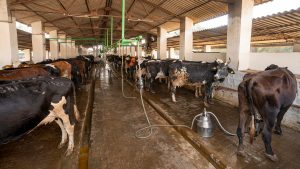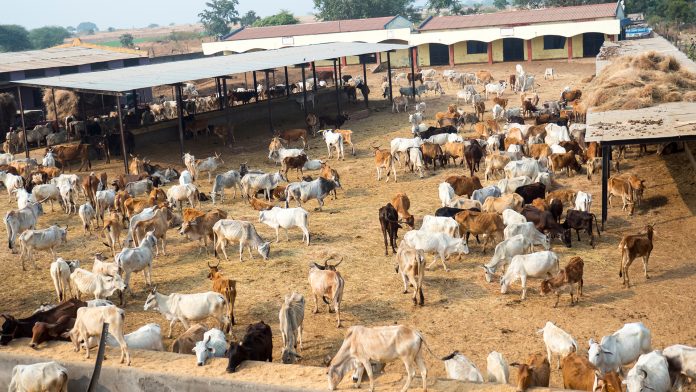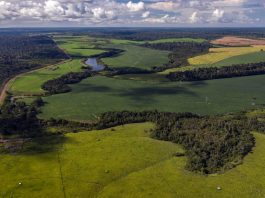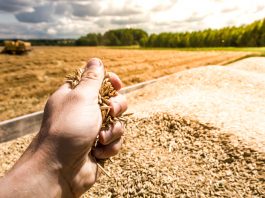India’s dairy industry is one of the largest worldwide milk producers and is home to more dairy cows than any other country.
As the dairy industry works toward reducing its emissions and contributing to global sustainability goals, it’s even more important to recognise its importance in feeding millions and its role in employment, nutrition, and income.
A new study published in the Journal of Dairy Science highlights the steps that valuable small dairy farms can take to lower their carbon footprints while providing enormous economic and nutritional benefits.
Anjumoni Mech, PhD, of the Indian Council of Agricultural Research’s National Institute of Animal Nutrition and Physiology in Karnataka, India, and lead researcher, explained: “The small dairy farms that dominate India’s dairy industry – 73 million, in fact – have only two dairy cows on average but contribute 72% of India’s milk production.
“Therefore, understanding their unique impact on the environment, and how it could be potentially lowered, is crucial as we all work toward shared sustainability goals.”
Measuring the carbon footprint of India’s dairy industry
While many studies have measured dairy’s carbon footprint, very few have focused on smaller farms in India.
Additionally, none to date have examined the Karnataka region of India, which is a major contributor to the country’s overall milk production system.
Dr Mech said: “We set out to better understand the holistic life cycle of milk production of India’s dairy industry, including its emission hotspots and collective carbon footprint, and ultimately, to outline steps for increasing sustainability.
“That is a challenge, given that India’s smaller farms are also incredibly diverse and operate with various dairy cow breeds, management methods, and landscapes.”
The team conducted a life cycle analysis of 47 small farms in Karnataka. Their analysis primarily used data gathered directly from local dairy farmers, including farm size, animal management, body measurements, and milk production.

They also collected data on feeding practices, animal performance, manure disposal, feed and fodder production, and other farm management practices via a questionnaire. Additional data, such as fertiliser, transportation, and energy emission factors, were based on government reports and peer-reviewed literature.
What did the research reveal?
“Our analysis revealed that the carbon footprint of the milk production in these small farms is comparable with small dairy operations in Kenya, Ethiopia, South Africa, and other regions of India’s dairy industry,” said Dr Merch.
“While the data also indicate that these farms are still producing roughly twice the carbon footprint of the high-producing large dairy farms in the Netherlands, Ireland, Sweden, and similar countries, they also shed light on specific opportunities for sustainability improvements.”
The major emissions hotspots in the farms were the enteric methane produced from the digestive processes of the cows, along with the greenhouse gases stemming from feed production.
“Our results indicate that the most effective interventions for reducing the carbon footprint in smallholder dairy farms are to maintain high-yielding animals and adopt appropriate feeding strategies for better feed utilisation,” explained Dr Merch.
He concluded: “Therefore, the future breeding strategy should target milk production traits and feed utilisation efficiency as critical phenotypes for improving the next generation of dairy cows.”
The research team highlighted the need for larger-scale future studies and a scenario analysis of applying emissions mitigation strategies.
Nevertheless, this study is a crucial first step to a more sustainable and resilient path for India’s dairy industry.









